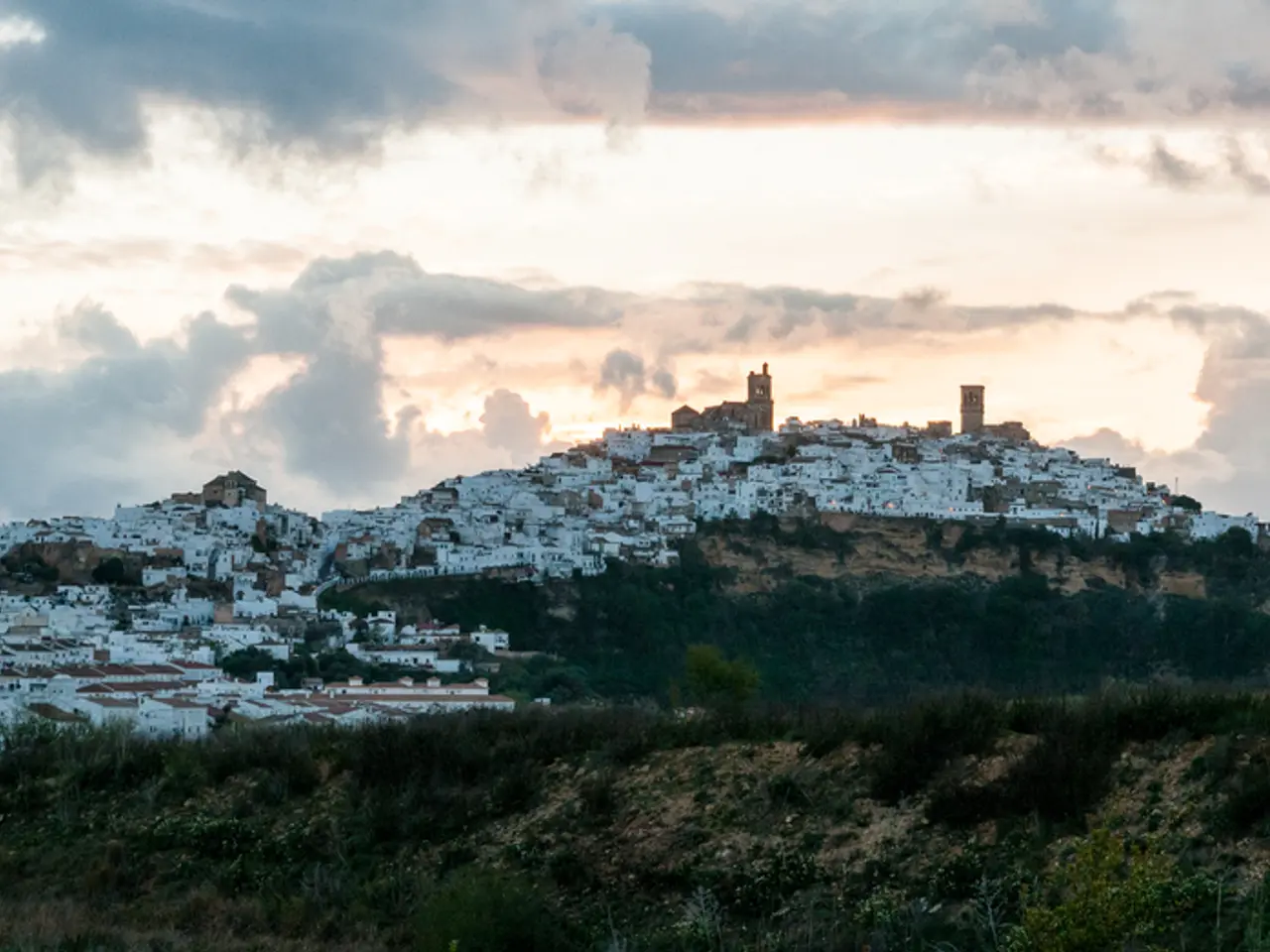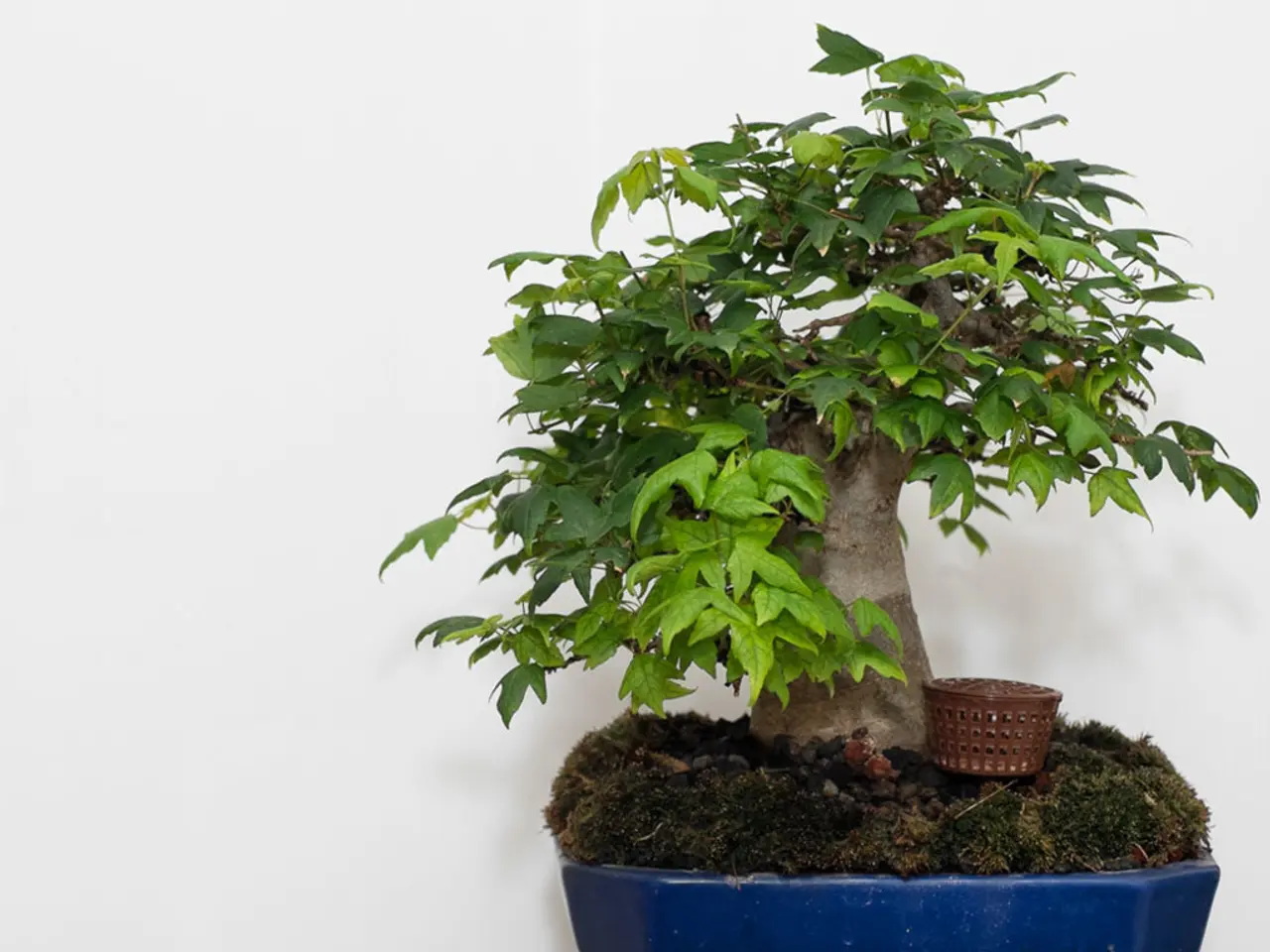Coastal hamlet in southern France, allegedly cherished by Matisse, is cradle of artistic movement Fauvism
Nestled on the Mediterranean coast of France, the picturesque town of Collioure holds a significant place in art history as the birthplace and key catalyst for the development of Fauvism. This early 20th-century art movement, led by Henri Matisse and André Derain, was marked by bold, vivid colors and a liberated approach to painting.
In May 1905, Henri Matisse, a 36-year-old artist going through a period of artistic doubt and financial hardship, followed the advice of fellow painter Paul Signac and ventured to Collioure. It was here that he found an exceptional natural environment, with unique light conditions that would radically influence his work. The long hours of bright sunshine, minimal shadows, and vibrant colors enhanced by the sea and Pyrenees mountains sparked Matisse's inspiration[1][2].
Matisse invited his young friend Andre Derain to join him for two months. Together, they painted side by side, capturing the essence of the landscape with quick, spontaneous brushstrokes, unconcerned with realism[3]. This period marked a departure from the Impressionist legacy and laid the foundations for what would later be called Fauvism.
The harsh brightness of Collioure forced the two painters to abandon all realistic shading in favor of a liberated, explosive, almost violent use of color[1][2]. This new approach caused a scandal at the 1905 Autumn Salon in Paris, with a critic from Le Figaro denouncing the paintings as a "pot of paint flung in the public's face," while Louis Vauxcelles famously called it "Donatello among the wild beasts"[4]. However, the momentum sparked in Collioure proved decisive, and Fauvism lasted only a few years but left a lasting impact on modern art.
Some of the notable paintings from this period include Matisse's "The Open Window" and "Woman With a Hat," and Derain's "Boats at the Port of Collioure" and "The Drying Sails"[5]. Derain, while moving away from the violent approach to color, remained deeply marked by the experience for the rest of his life.
Today, Collioure celebrates this heritage with cultural initiatives like the "Fauvism path," which features reproductions of Matisse’s and Derain’s 1905 paintings placed at their original locations, allowing visitors to immerse themselves in the setting that inspired the movement[6]. The village also preserves its artistic legacy with the Fauvism Trail and the Collioure Museum of Modern Art.
Notre-Dame-des-Anges, once a medieval lighthouse transformed into a bell tower, still watches over the harbor in Collioure, much as it was depicted in Matisse's The Open Window. The Catalan boats of the Boramar, the rooftops along Rue des Calanques, and the Faubourg beach are still present, much as they were depicted in Matisse's works[7].
Collioure remains a perfectly preserved cradle of 20th-century modern art, confirming its central role in shaping Fauvism and the modern art movement it influenced.
[1] https://www.britannica.com/art/Fauvism [2] https://www.theartstory.org/movement-fauvism [3] https://www.collioure-tourisme.com/en/the-fauvism-path/ [4] https://www.collioure-tourisme.com/en/the-fauvism-path/ [5] https://www.collioure-tourisme.com/en/the-fauvism-path/ [6] https://www.collioure-tourisme.com/en/the-fauvism-path/ [7] https://www.collioure-tourisme.com/en/the-fauvism-path/
Inspired by the vibrant colors and unique light conditions of Collioure, Henri Matisse and André Derain painted enthusiastically, marking a significant shift in their lifestyle and home-and-garden décors, as seen in their works such as "The Open Window" and "Boats at the Port of Collioure." Today, Collioure celebrates this artistic heritage with initiatives like the Fauvism path, offering visitors a chance to delve into the en-vols of color that both Matisse and Derain experienced, immersing themselves in the very locations that birthed the Fauvist movement.




